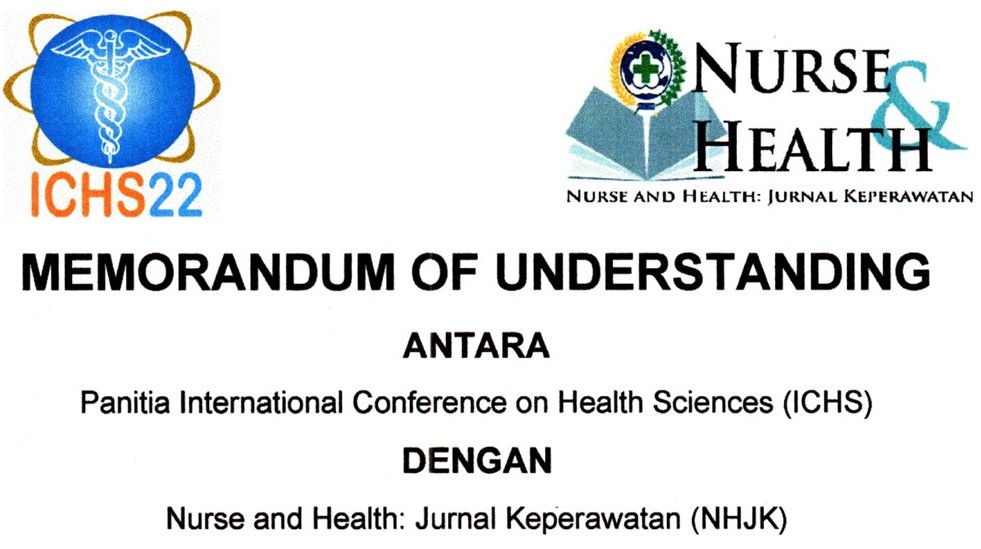EFFORTS TO INCREASE INTEREST IN VASECTOMY FAMILY PLANNING ACCEPTORS
Abstract
Family planning is one of the four pillars of safe motherhood, which plays a role in ensuring that each person or partner has access to family planning information and services so that they can plan the right time for pregnancy, the length of pregnancy, and the number of children . The factor of the lack of success of the family planning program cannot be separated from the lack of interest in the community, especially couples of childbearing age (PUS) using contraceptives. of them still consider the high cost and not easy to use the stable contraceptive method. The steady method of contraception is a method of contraception which in men is called a vasectomy . Based on data from the 2017 Indonesian Demographic and Health Survey (IDHS), the percentage of male contraceptives using condoms is 2.5%. There are several factors that make men reluctant to take family planning, including low knowledge and understanding of reproductive rights, limited equipment. male contraception, social conditions, rumors about vasectomy and negative condom use (Depkes RI, 2010). According to Notoatmodjo (2010), knowledge is a big factor in increasing men's participation in family planning. One's knowledge of health can be obtained through health education, Ali (2000) revealed that health education is an educational activity carried out by spreading messages, instilling confidence, so that people are not only aware, know and understand, but also want and can do something. advice that has to do with health . Learning media or health education media that can and quickly deliver health messages include: television, radio, newspapers / magazines, posters / pamphlets, billboards / banners / banners, and the internet . Key words: Vasectomy, Acceptors, Family PlanningDownloads
References
Ali Z., (2000). Professional nursing basics, Jakarta: Widya Medika.
BKKBN, (2010). Family Planning Information and Services. Jakarta: BKKBN
BKKBN. (2020). Keluarga Berencana dan Kesehatan Reproduksi. Jakarta: BKKBN.
Mulyani S.N, dan Rinawati M. (2013). Keluarga Berencana dan Alat Kontrasepsi. Yogyakarta: Nuha Medika.
Nies, MA, & McEwen, M, (2001). Community health nursing: Promoting the health of population (3rd ed.), USA: WB Saunders Company.
Notoatmodjo, Soekidjo. (2010). Health Promotion and Behavioral Science. Jakarta: Rineka Cipta
Reny H, Journal of Nursing, Volume X, No. 2, October 2014 , Relationship between husband's knowledge and use of the contraceptive mastectomy method Renny Harisva (2014)
Sarwono. (2009). Ilmu Kebidanan. Jakarta : Yayasan Bina Pustaka
Woolfolk, AE (2001). Educational psychology (8th ed.). Boston: Allyn and Bacon.
Authors who publish with Nurse and Health: Jurnal Keperawatan agree to the following terms:
- Authors retain copyright licensed under a Creative Commons Attribution-NonCommercial 4.0 (CC BY-NC 4.0), which allows others to remix, tweak, and build upon the authors' work non-commercially, and although the others' new works must also acknowledge the authors and be non-commercial, they don't have to license their derivative works on the same terms.
- Authors are permitted and encouraged to post their work online (e.g., in institutional repositories or on their website) prior to and during the submission process, as it can lead to productive exchanges, as well as earlier and greater citation of published work (See The Effect of Open Access). Authors can archive pre-print and post-print or publisher's version/PDF.








_resize1.jpg)















